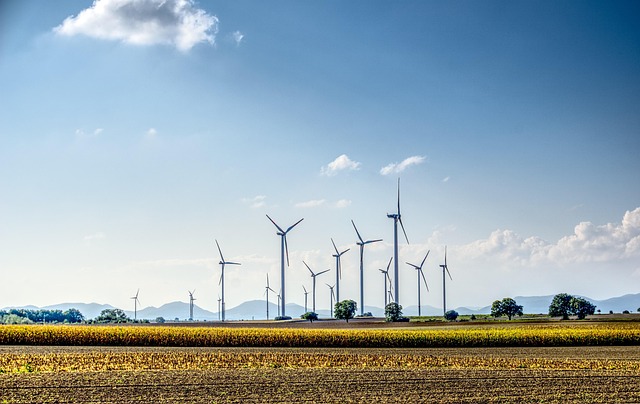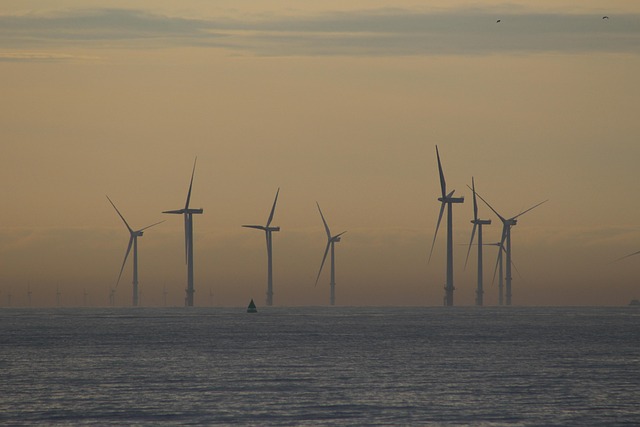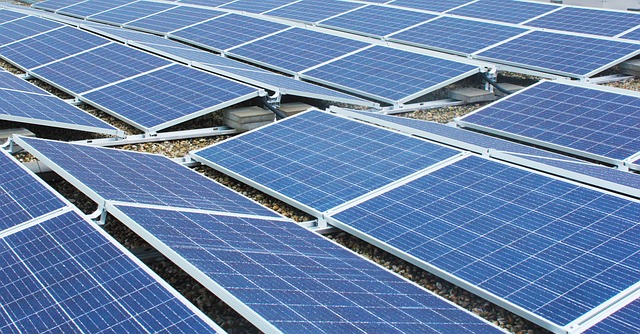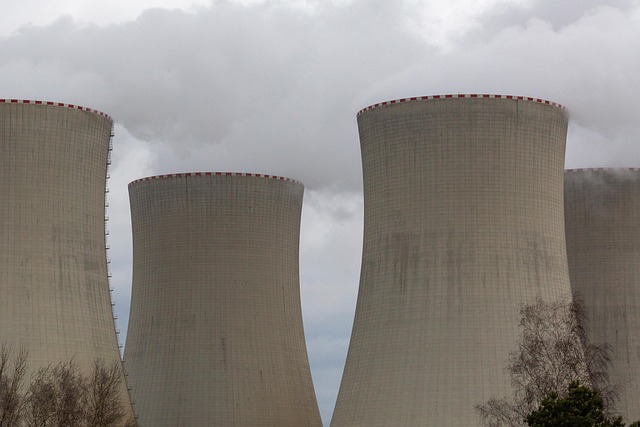The Untapped Potential of Renewable Power in Urban Areas
As urban centers continue to grow and evolve, the importance of sustainable energy solutions has never been more crucial. The burgeoning populations in cities worldwide generate immense energy demands, which predominantly come from fossil fuels, leading to critical environmental issues such as air pollution, greenhouse gas emissions, and climate change. Yet, amid these challenges lies a significant opportunity: the untapped potential of renewable power in urban areas. This article explores various renewable energy sources ideal for cityscapes, the barriers that hinder their implementation, and the multiple benefits they can offer.
Urbanization and Energy Demand
Urbanization is one of the defining trends of the 21st century, with more than half of the global population now living in urban areas. By 2050, it is estimated that nearly 70% of people will reside in cities. This rapid urban growth correlates with increased energy consumption, creating a pressing need for cities to rethink and modernize their energy infrastructures.
Cities are responsible for approximately 80% of global energy consumption and a similar percentage of greenhouse gas emissions. Therefore, transitioning to sustainable energy sources in urban areas is essential not merely for reducing emissions but also for enhancing energy security, economic resilience, and public health.
Renewable Energy Sources Suited for Urban Environments
Multiple renewable energy solutions are available to urban planners and policymakers looking to harness the clean energy revolution.
Solar Power
Solar energy stands as one of the most accessible and widely applicable renewable energy forms. Urban areas, with their vast arrays of rooftops, parking lots, and other surfaces, offer ample space for solar panel installation. Distributed solar systems, such as rooftop solar panels, can generate power on-site, thereby reducing transmission losses and enhancing energy resilience. Moreover, advances in building-integrated photovoltaics (BIPV) enable the seamless integration of solar technology into building materials, further maximizing rooftop and building facades for energy production.
Wind Energy
While traditional wind farms are most commonly associated with rural settings, urban wind turbines have gained traction in city environments as well. Small vertical-axis and horizontal-axis wind turbines can be mounted on rooftops or integrated into existing structures, providing localized energy generation. As cities often experience varying wind patterns, carefully evaluating potential sites can lead to significant energy outputs while adding no extra footprint to urban landscapes.
Geothermal Energy
Geothermal energy utilizes the Earth’s inherent heat, providing an excellent means to heat homes and buildings. Urban areas can tap into geothermal resources through district heating systems, utilizing the Earth’s heat to warm multiple buildings in proximity. The established infrastructure required for district heating can be expanded to include geothermal networks, offering a stable, renewable energy source that reduces reliance on natural gas and other fossil fuels.
Biomass and Waste-to-Energy
Cities generate vast amounts of organic waste every day. By harnessing this waste for energy production through anaerobic digestion or incineration processes, cities can create biomass or waste-to-energy systems that convert organic matter into liquid fuels or electricity. This approach not only mitigates the pressures on landfills but also helps in closing the waste cycle while producing clean energy.
Barriers to Implementation
Despite the obvious benefits, several barriers challenge the widespread adoption of renewable energy in urban areas. Understanding these challenges is crucial for navigating the path to a more sustainable urban energy future.
Regulatory Framework
Regulations often lag behind technological advancements and can impede the integration of renewable energy solutions. Zoning laws, building codes, and permitting processes can pose obstacles that need to be addressed to allow for the installation of renewable energy. Cities must revise these regulations to accommodate and encourage the development of renewable technologies.
Financial Constraints
Investment in renewable energy projects often requires significant initial capital. Many cities face budget constraints that may limit their ability to fund these initiatives. Public-private partnerships can enable cities to leverage additional funding, but navigating this funding landscape can be complex. Innovative financing options, such as green bonds or energy performance contracts, may also help overcome financial hurdles.
Public Awareness and Acceptance
Public perception and understanding of renewable energy technologies significantly impact their adoption in urban areas. Many residents and stakeholders may be unfamiliar with newer technologies, leading to resistance or skepticism. Fostering public awareness and engagement through education campaigns can help cultivate a supportive environment for renewable energy projects.
Benefits of Implementing Renewable Energy in Urban Areas
Adopting renewable power in cities creates a range of economic, environmental, and social benefits.
Environmental Impact
Transitioning to renewable energy sources helps to drastically reduce greenhouse gas emissions, improve air quality, and mitigate the urban heat island effect. This positively impacts public health, reducing respiratory illnesses, allergies, and other health issues associated with pollution.
Economic Opportunities
The shift towards renewable energy sources provokes a new economic landscape. It can create job opportunities in manufacturing, installation, and maintenance of renewable technologies. Cities investing in renewable infrastructure can stimulate local economies while simultaneously becoming less reliant on imported fossil fuels.
Energy Resilience and Security
Renewable energy resources, especially when diversified and deployed locally, enhance energy resilience in urban areas. By decentralizing energy generation, cities can minimize vulnerability to supply chain disruptions, such as those caused by extreme weather events or geopolitical tensions. Renewable energy systems, coupled with energy storage solutions, can lead to greater energy independence and stability.
Improved Quality of Life
Implementing renewable energy results not only in environmental benefits but also enhances the quality of life for urban residents. Cleaner air, reduced noise pollution from conventional energy plants, and the possibility of creating green spaces through the integration of solar power plants contribute positively to urban living. Furthermore, increased investment in renewable energy can improve local infrastructure, making cities more attractive for new residents and businesses.
Case Studies of Success
Many cities around the world have recognized and capitalized on the potential of renewable energy, providing blueprints for comprehensive urban energy strategies.
San Diego, California
San Diego has set ambitious goals to achieve 100% renewable energy by 2035. The city has invested heavily in solar energy, developing community solar projects and supporting the deployment of rooftop installations. One key initiative includes the implementation of the San Diego Community Power program, which allows residents to choose clean energy sources, thereby fostering community engagement.
Copenhagen, Denmark
Copenhagen is a global leader in sustainability, aiming for carbon neutrality by 2025. The city has invested in wind power and combined heat and power (CHP) systems, producing energy from biomass and waste. Furthermore, Copenhagen’s urban planning integrates green spaces and bike-friendly infrastructure, promoting an active, healthy lifestyle alongside its renewable energy objectives.
Melbourne, Australia
Melbourne actively explores renewable energy through its Renewable Energy Strategy, including a focus on solar energy, energy efficiency upgrades, and community energy initiatives. The city has implemented programs to promote solar panel use among residents and local businesses while collaborating with industry for innovative energy solutions.
The Future of Renewable Energy in Urban Areas
The path forward for renewable energy in urban areas is promising, provided that cities are willing to embrace and invest in these transformative technologies. Continued advancements in technology and storage systems will make renewable energy more efficient, affordable, and adaptable to urban landscapes.
Engagement with local communities, businesses, and governments can create momentum for change and ensure that the transition to renewables is equitable. Moreover, with a collective effort, cities can contribute significantly to a sustainable world while fostering a healthier environment for future generations.
Conclusion
In conclusion, renewable power holds immense untapped potential within urban areas, capable of transforming energy consumption and aligning urban growth with sustainability goals. Through thoughtful planning and commitment to innovation, cities can harness these resources to enhance energy resilience, protect public health, and provide economic benefits. The time is ripe for urban spaces to transition to renewable energy, ensuring a livable and sustainable future for all.



